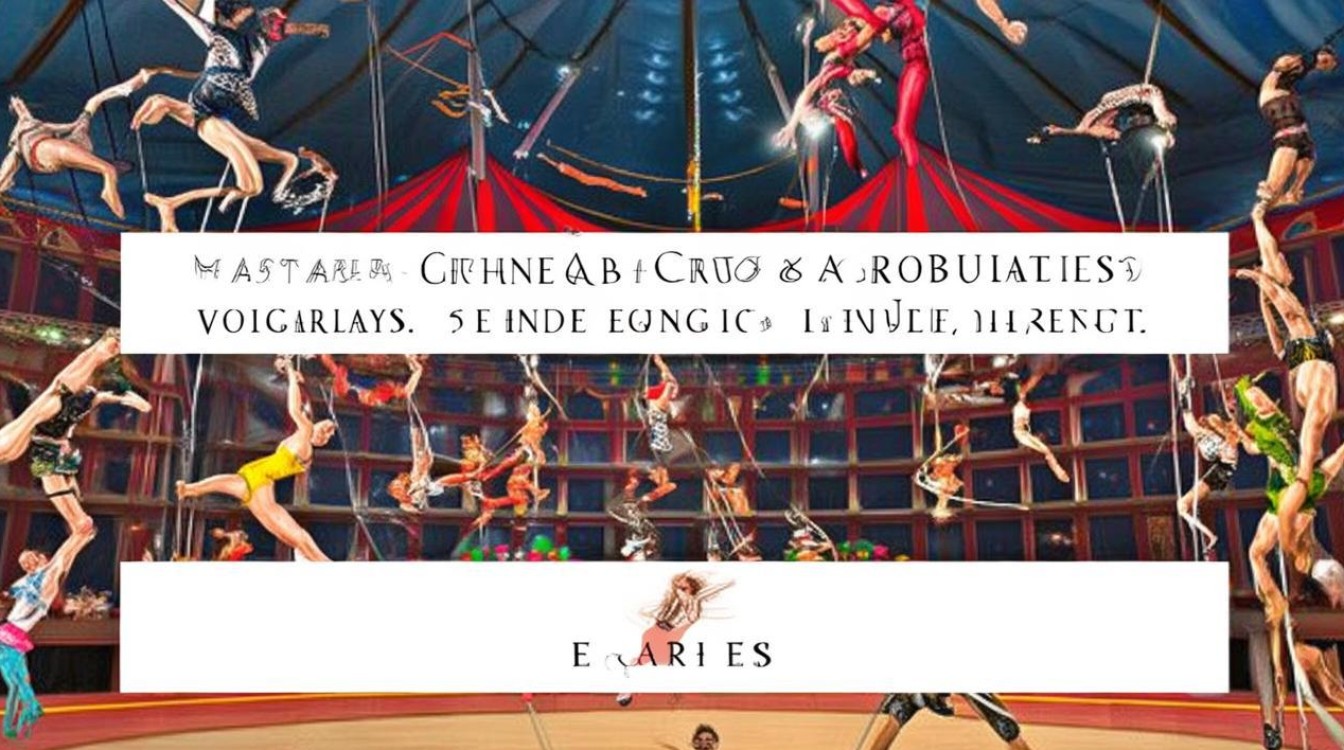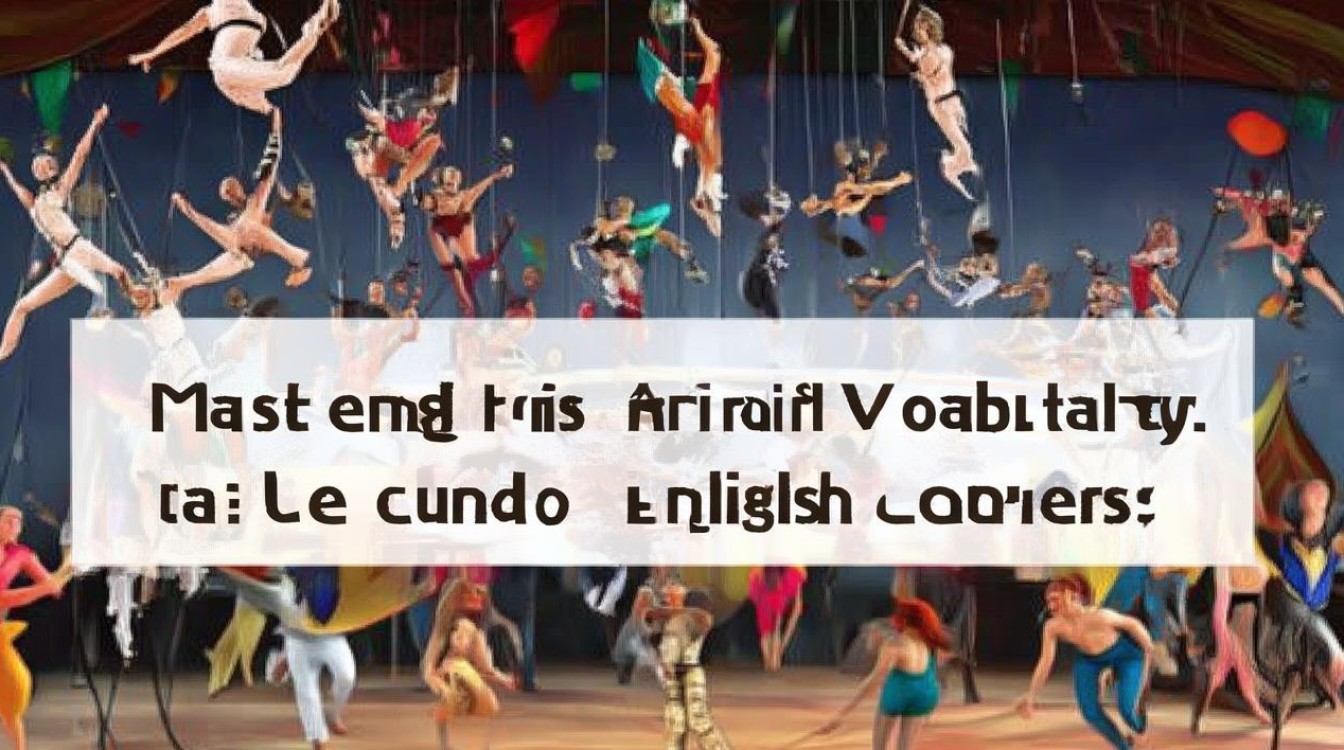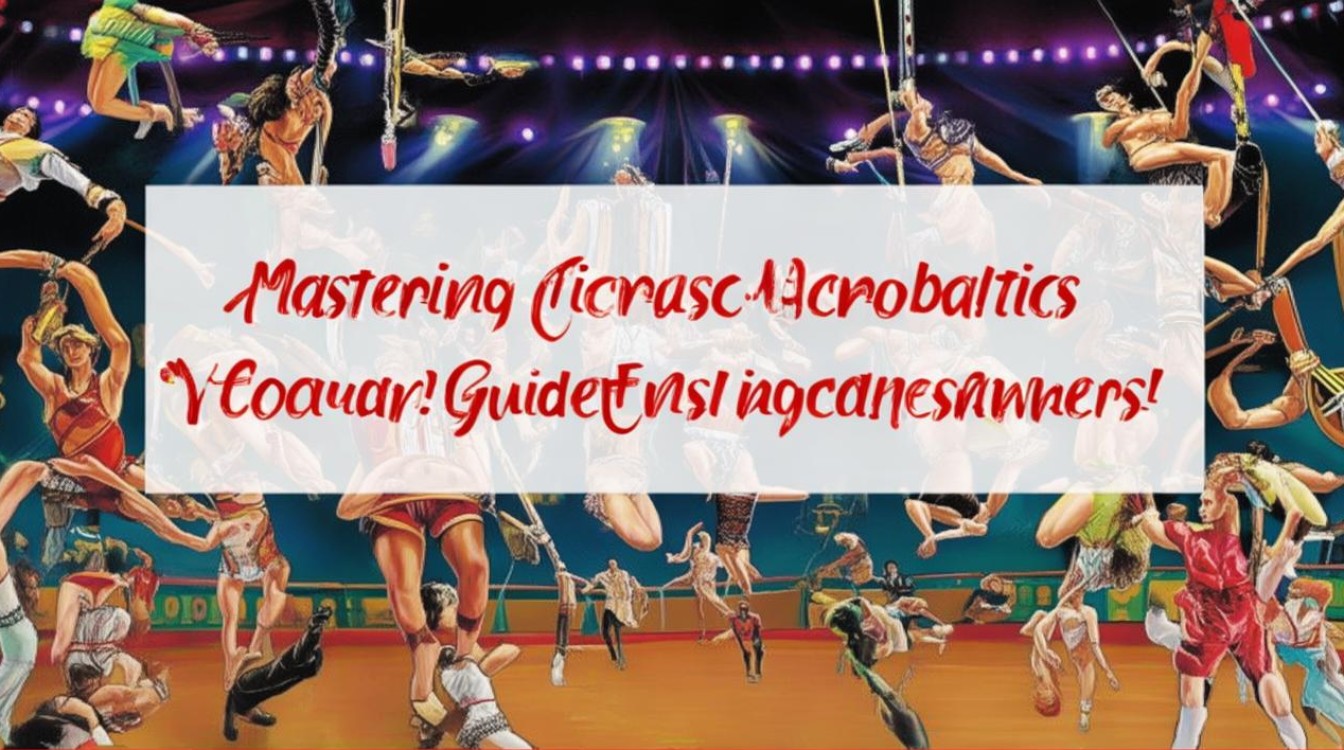The world of circus and acrobatics is a dazzling display of skill, precision, and artistry. Whether you're a performer, enthusiast, or simply curious, understanding the key English terms used in this field can deepen your appreciation. Below is a comprehensive list of essential vocabulary, along with explanations to help you grasp their meanings.

Fundamental Circus Terms
- Acrobatics – A performance art involving extraordinary physical feats like flips, balances, and tumbling.
- Aerialist – A performer who executes routines while suspended in the air, often using silks, hoops, or trapezes.
- Juggling – The art of keeping multiple objects in motion using hands, feet, or other body parts.
- Tightrope Walking – Balancing on a thin, taut rope or wire, often at great heights.
- Clowning – Comic performance involving exaggerated movements, slapstick humor, and audience interaction.
Apparatus and Equipment
- Trapeze – A horizontal bar hung by ropes or metal straps, used for swinging and aerial tricks.
- Aerial Silks – Long, flowing fabrics suspended from above, used for climbing, wrapping, and drops.
- Unicycle – A single-wheeled cycle requiring exceptional balance to ride.
- German Wheel (Cyr Wheel) – A large metal hoop in which a performer spins and rolls.
- Chinese Pole – A vertical pole used for climbing, sliding, and holding static poses.
Types of Performances
- Contortionism – The ability to twist the body into extreme positions.
- Hand Balancing – Performing stunts while supporting the body solely on the hands.
- Diabolo – A juggling prop consisting of a spool spun and tossed using a string tied to two sticks.
- Fire Breathing – The dangerous act of blowing a fine mist of fuel over an open flame to create a fireball.
- Human Pyramid – A formation where acrobats stand on each other’s shoulders to create a stacked structure.
Safety and Technique Terms
- Spotter – A trained assistant who ensures the safety of performers during risky maneuvers.
- Mat – Cushioned flooring used to protect acrobats from falls.
- Grip – The way a performer holds an apparatus or another person to maintain stability.
- Dismount – The controlled exit from an aerial or balancing position.
- Tuck Position – A curled body shape used in flips and somersaults for faster rotation.
Historical and Cultural References
- Cirque du Soleil – A world-renowned circus company known for its artistic performances.
- Big Top – The traditional large tent housing a circus.
- Ringmaster – The host who introduces acts and guides the audience through the show.
- Side Show – A smaller performance area featuring unusual acts like sword swallowing or strongman feats.
- Street Performance – Unscripted shows performed in public spaces, often involving juggling or magic.
Advanced Acrobatic Moves
- Backflip – A backward somersault in mid-air.
- Handspring – A forward or backward flip where hands touch the ground mid-movement.
- Salto – A flip performed without hands touching the ground.
- Planche – A static hold where the body is parallel to the ground, supported only by the hands.
- Iron Cross – A challenging rings gymnastics position where arms are extended straight to the sides.
Audience Interaction Terms
- Ovation – Enthusiastic applause from the crowd.
- Standing Ovation – When the audience stands while applauding as a sign of high praise.
- Encore – A repeat or additional performance due to audience demand.
- Call and Response – A technique where the performer engages the crowd to shout or clap in unison.
- Stage Presence – A performer’s ability to command attention and connect with viewers.
Training and Discipline
- Flexibility Training – Exercises to increase range of motion, crucial for contortionists.
- Strength Conditioning – Building muscle to support lifts, holds, and dynamic movements.
- Spotting – The practice of assisting a trainee during difficult moves to prevent injury.
- Choreography – The planned sequence of movements in a routine.
- Rehearsal – Practice sessions to perfect a performance before the actual show.
Behind the Scenes Roles
- Rigger – A technician responsible for setting up and maintaining aerial equipment safely.
- Costume Designer – The artist who creates outfits tailored for movement and visual impact.
- Lighting Technician – The professional who adjusts stage lighting to enhance the performance.
- Stage Manager – The person coordinating all aspects of the show behind the scenes.
- Props Master – The individual in charge of all objects used during acts.
Global Circus Traditions
- Chinese Acrobatics – A centuries-old tradition featuring balancing, tumbling, and plate spinning.
- Russian Bar – A high-flying act where performers leap from a flexible bar held by two bases.
- Japanese Rope Walking – A discipline combining tightrope skills with theatrical storytelling.
- French Nouveau Cirque – A modern circus style blending theater, dance, and acrobatics.
- African Stilt Dancing – Performances on tall stilts, often incorporating rhythmic movement.
Learning these terms not only enhances your understanding of circus arts but also helps in appreciating the dedication behind each performance. Whether you're watching a Cirque du Soleil show or a local street act, recognizing the techniques and terminology makes the experience far richer.

The next time you see an aerialist soaring or a juggler defying gravity, you’ll know exactly what to call those breathtaking moments.




